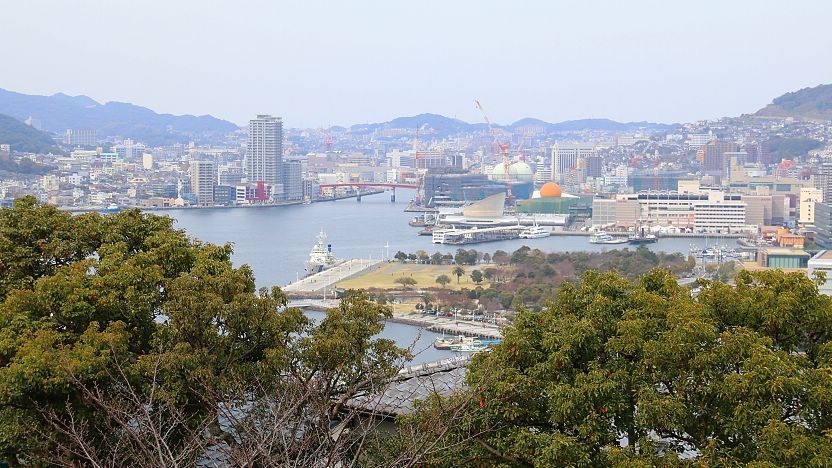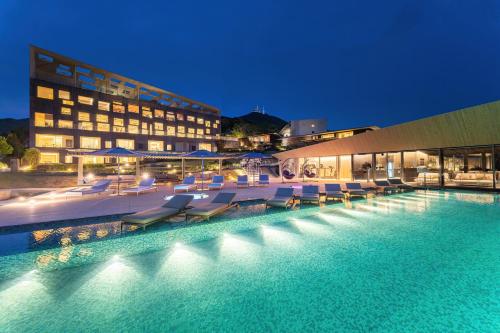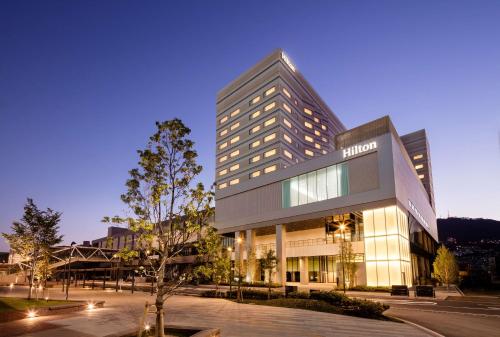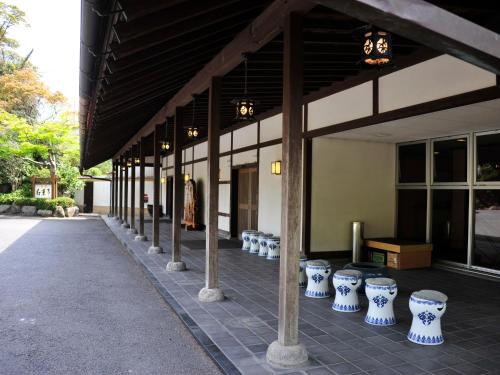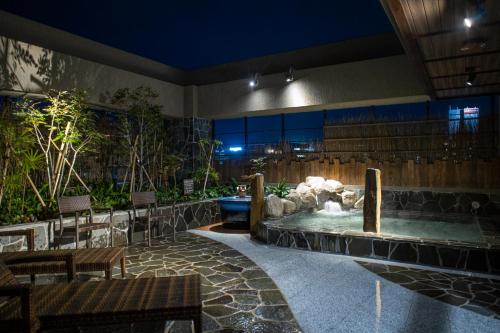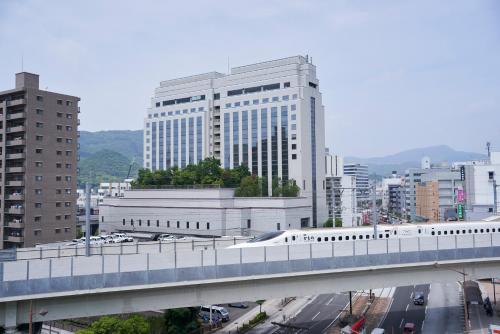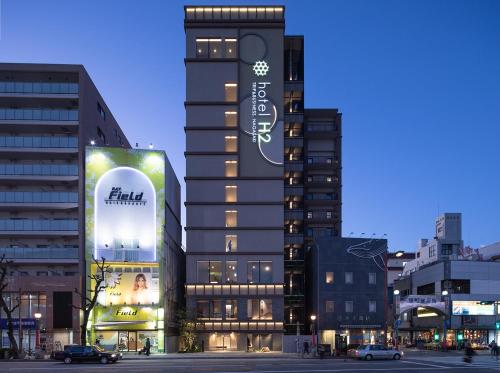Start
Start at the Nagasaki Museum of History and Culture
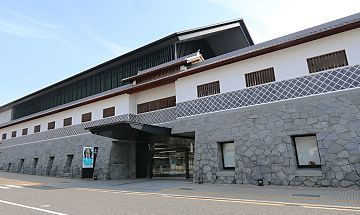
Nagasaki Museum of History and Culture
Walk
10 minutes
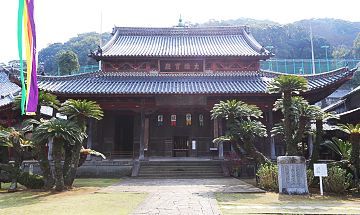
Kofukuji Temple
The oldest of the Chinese-founded temples in the city, Kofukuji was founded in 1620. It is the birthplace of the Obaku school of Zen Buddhism in Japan, and shows a strong Chinese influence in its architecture.
Walk
5 minutes
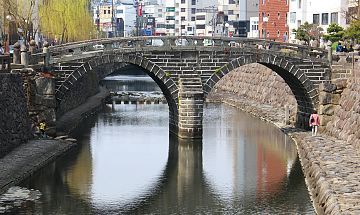
Meganebashi Bridge
Originally built in 1634, the Meganebashi Bridge is the most remarkable of several stone bridges spanning the Nakashima River. Its name describes the two circles created by the bridge and its reflection, resembling a pair of spectacles.
Walk
10 minutes
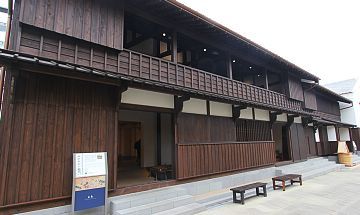
Dejima
Originally a man-made island in the Nagasaki port, Dejima was where Dutch traders were confined to during Japan's two centuries of isolation. Now absorbed by land reclamation, the district offers a number of historical buildings, including residences and warehouses.
Walk
5 minutes
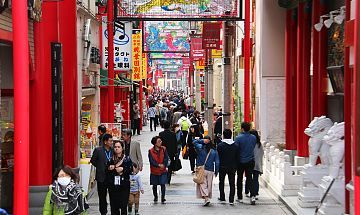
Chinatown
The oldest of three Chinatowns in Japan, Nagasaki's Chinatown covers most of a single city block and is packed with Chinese shops and restaurants. The area has four gates to the north, south, east and west, each decorated in red lacquer and a figure from Chinese legend.
Walk
5 minutes
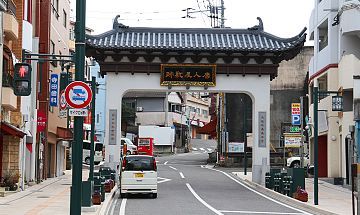
Tojin Yashiki
Now a quiet residential area, this was formerly the site of a compound where Chinese merchants were required to live during the Edo Period. A number of homes and small temples showing Chinese influence make it a pleasant area for a stroll.
Walk
10 minutes
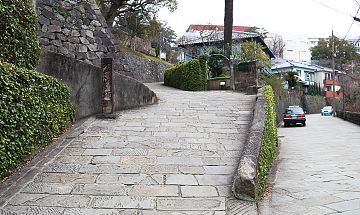
Dutch Slope
After Nagasaki Port was opened to foreign traders in 1859, many wealthy merchants from overseas built attractive residences in the European style along this long uphill road. A few of the buildings remain and are open to the public as cafes and museums.
Walk
5 minutes
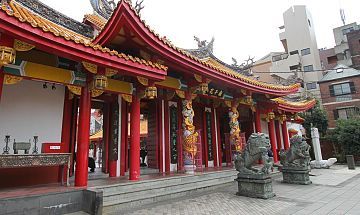
Nagasaki Confucius Shrine
Built by Nagasaki's Chinese immigrant community in 1863, this shrine is one of just a handful in Japan dedicated to the philosopher Confucius. Inside the entrance is a small garden with a pond, statues of 72 disciples and a richly decorated main hall housing a statue of Confucius himself. At the rear of the complex is a museum dedicated to relations between China and Japan.
Walk
10 minutes
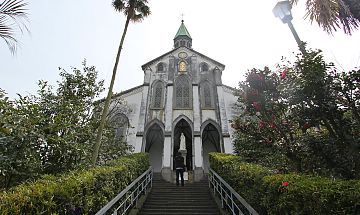
Oura Church
Built in 1864 in an attractive European style, the Oura Church honors the 26 Christian Martyrs and is considered the oldest standing church in Japan. To the right of the church is a museum with artifacts and old documents relating to Christianity in Japan
Walk
5 minutes
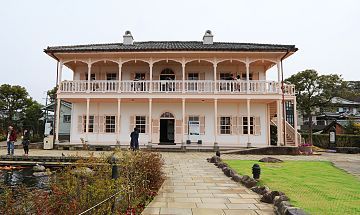
Glover Garden
Located at the top of Glover Hill with views of the Nagasaki Harbor, Glover Garden is an open-air museum containing several former merchant residences, most importantly that of the Scottish industrialist Thomas Glover.
Finish
